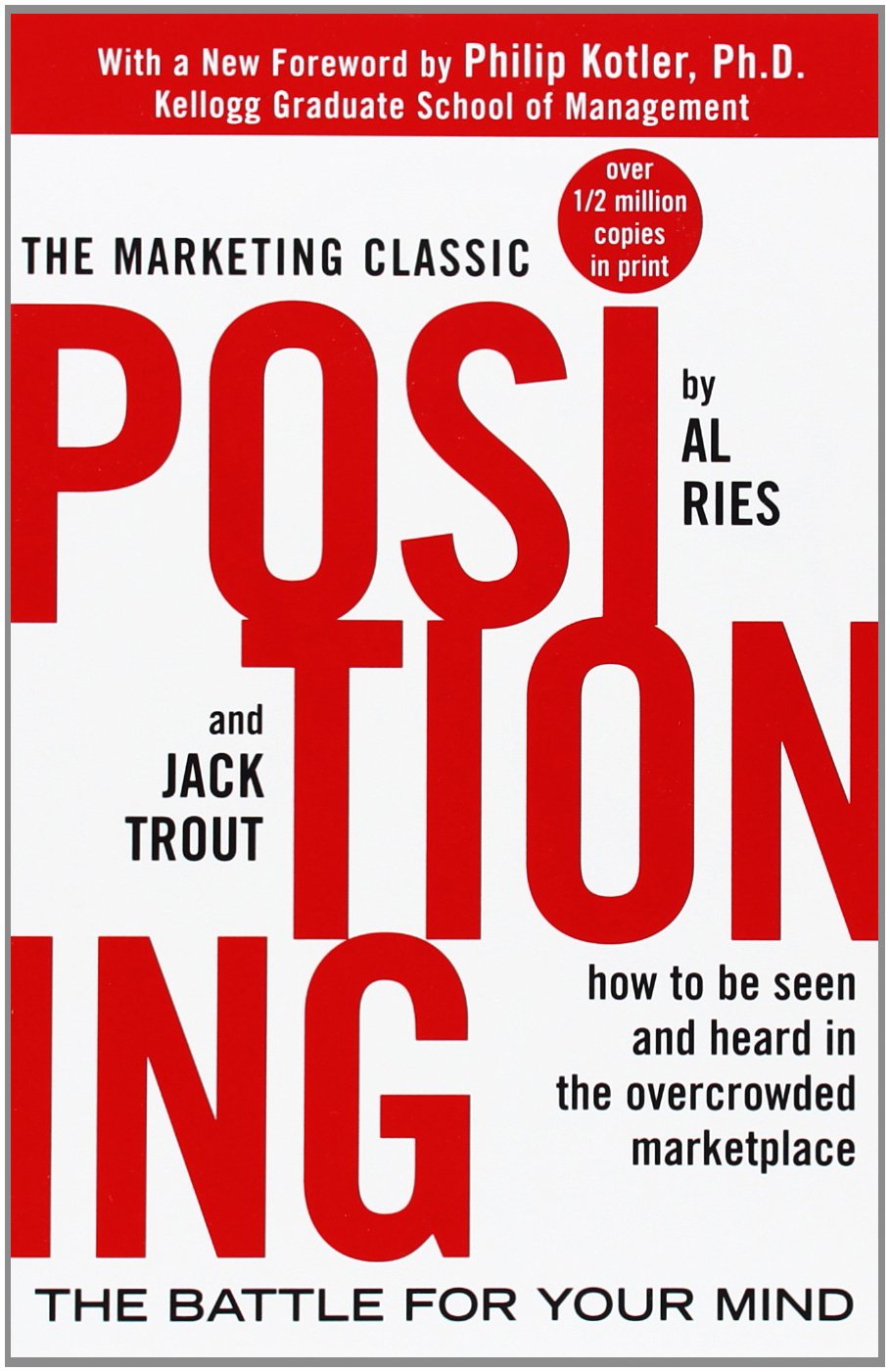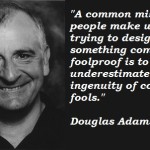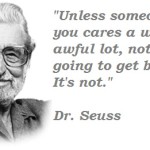Al Ries attended high school in Harvey, Illinois, before joining the Merchant Marines and later the US Army where he served in Korea.
Upon his return, Al attended and graduated from DePauw University in Greencastle, Indiana with a degree in liberal arts in 1950. After school, he accepted a job in the advertising and sales promotion department of General Electric in Schnectady, New York.
Jack Trout is the acclaimed author of numerous marketing classics, Trout’s “The New Positioning” became a Business Week best seller in 1995. “Marketing Strategy” will highlight key strategic principles Trout has learned from the business world as outlined in his most recent book “Trout on Strategy.”
With over 40 years experience in advertising and marketing, Trout has been a boardroom advisor to some of the world’s largest, including IBM and Procter & Gamble.
A product’s position is how potential buyers see the product. Positioning is expressed relative to the position of competitors. The term was coined in 1969 by Al Ries and Jack Trout in the paper “Positioning”. It was then expanded into their ground-breaking first book, “Positioning: The Battle for Your Mind”.
“The basic approach of positioning is not to create something new and different, but to manipulate what’s already up there in the mind, to retie the connections that already exist.”
What is Their “Positioning”
Positioning is something (perception) that happens in the minds of the target market.
It is the aggregate perception the market has of a particular company, product or service in relation to their perceptions of the competitors in the same category.
It will happen whether or not a company’s management is proactive, reactive or passive about the on-going process of evolving a position.
But a company can positively influence the perceptions through enlightened strategic actions.
In marketing, positioning has come to mean the process by which marketers try to create an image or identity in the minds of their target market for its product, brand, or organization. It is the ‘relative competitive comparison’ their product occupies in a given market as perceived by the target market.
Re-positioning involves changing the identity of a product, relative to the identity of competing products, in the collective minds of the target market.
De-positioning involves attempting to change the identity of competing products, relative to the identity of your own product, in the collective minds of the target market.
The Process of Positioning
Generally, the product positioning process involves:
- Defining the market in which the product or brand will compete (who the relevant buyers are)
- Identifying the attributes (also called dimensions) that define the product ‘space’
- Collecting information from a sample of customers about their perceptions of each product on the relevant attributes
- Determine each product’s share of mind
- Determine each product’s current location in the product space
- Determine the target market’s preferred combination of attributes (referred to as an ideal vector)
- Examine the fit between:
- The position of your product
- The position of the ideal vector
- Position.
The process is similar for positioning your company’s services.
Services, however, don’t have the physical attributes of products – that is, we can’t feel them or to
uch them or show nice product pictures.
So you need to ask first your customers and then yourself, what value do clients get from my services? How are they better off from doing business with me? Also ask: is there a characteristic that makes my services different?
Write out the value customers derive and the attributes your services offer to create the first draft of your positioning.
Test it on people who don’t really know what you do or what you sell, watch their facial expressions and listen for their response.
When they want to know more because you’ve piqued their interest and started a conversation, you’ll know you’re on the right track. [From: Easy-strategy.com]
Positioning, a concept developed by the authors, has changed the way people advertise. The reason? It’s the first concept to deal with the problems of communicating in an overcommunicated society. With this approach, a company creates a ‘position’ in the prospect’s mind, one that reflects the company’s own strengths and weaknesses as well as those of its competitors.
Witty and fast-paced, this book spells out how to position a leader so that it gets into the mind and stays there, position a follower in a way that finds a ‘hole’ not occupied by the leader, and avoid the pitfalls of letting a second product ride on the coattails of an established one. Revised to reflect significant developments in the five years since its original publication, Positioning reveals the fascinating case histories and anecdotes behind the campaigns of many stunning successes and failures in the world of advertising. [From: Goodreads.com]
If you like this story, CLICK HERE to join the tribe of success-minded people just like you. You will love our weekly quick summaries of top stories, talks, books, movies, music and more with handy downloadable guides, cheat sheets, cliffs notes and quote books.


















